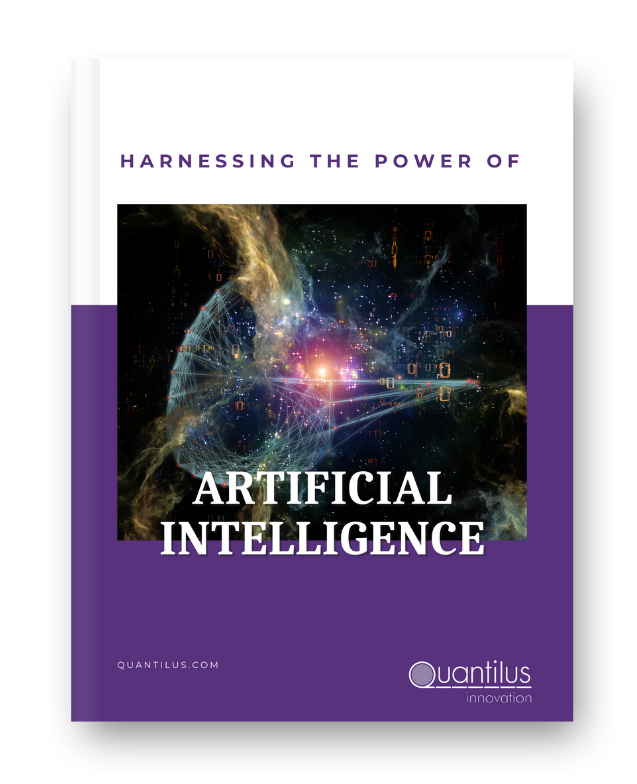

Satoshi Nakamoto’s 2008 whitepaper about a peer-to-peer, electronic cash system brought cryptocurrency into conversations. This system is known as Bitcoin. A few years later, interest in Bitcoin boomed, as did its value. A decade later, cryptocurrency news continues to dominate the financial market, with more than 7,500 cryptocurrencies in existence worldwide. Moreover, Bitcoin and other digital currencies like Ethereum and Litecoin have become alternatives to government-issued physical money.
If you are in the dark about the most significant financial revolution of the decade, this article serves as a primer. This crypto breakdown can help you understand the nitty-gritty of cryptos, how they work, and if you should invest in cryptocurrency in 2022.
Cryptocurrency, also known as crypto, is a form of digital currency that is primarily decentralized. The word itself is a portmanteau, combining cryptography – the technology behind it, and currency. Over the years, cryptocurrency stocks have seen record-breaking highs and lows, but public interest in cryptocurrency has seen sharp growth during the past five years. A worldwide cryptocurrency mining boom has since ensued, causing a global shortage of graphic cards.
Cryptocurrencies are decentralized, which means they do not have a governing or regulatory body like banks or governments to control access to them. On the other hand, traditional fiat currencies like the Dollar, Euro, and Yen are typically backed and regulated by governments.
The digital-only nature of cryptocurrencies means that they are generated and exchanged exclusively online. This process happens via a distributed peer-to-peer network. Values for most cryptos are also not pegged to fiat currencies as a result, and they are also immune to precious metal price fluctuations.
Although there were predecessors like ecash and Digicash, cryptocurrency’s journey started with Bitcoin. However, the near-instantaneous success of Bitcoin gave rise to many other alternative digital currencies that were grouped as Altcoins. While newer Altcoins like Ripple and Litecoin have expanded the feature sets of standard crypto, many, like Ethereum, have gone further to provide functions like applications and smart contract creation. However, all cryptocurrencies follow the same principle of blockchain.
A blockchain is an ever-growing, append-only, digital list of records or transactions, called blocks. These blocks are chained together by strong cryptography and can be viewed and verified by anyone in the network. Each block has a cryptographic hash of the preceding block, a timestamp, and transactional data in it – like a publicly-distributed ledger. For example, a Bitcoin blockchain is a list of every time a user sends or receives Bitcoin. The information contained in these blocks makes it possible for two people to send and receive cryptos without even knowing each other. Blockchains also remove the need to have cryptocurrency transactions verified via a third-party authority like a bank.
Blockchains run on decentralized, peer-to-peer networks of computers (nodes), resulting in faster and more secure transactions. A blockchain ledger is split across all the nodes in the network, and each node continuously verifies the Blockchain’s accuracy. There is no central vault or database that stores the entire Blockchain, which means there’s no single point of weakness that hackers and other exploiters can manipulate.
The popularity of Bitcoin and other cryptocurrencies has made Blockchain almost synonymous with them – however, Blockchain technology is now being used for far more. From advanced medical research to streamlining supply chains to increase data sharing privacy. Recently, traditional financial institutions have expressed interest in leveraging Blockchain to implement distributed ledgers for banking.
Non-fungible Tokens or NFTs are possibly the biggest current trend that relies exclusively on blockchain technology. At its most basic, NFTs are non-interchangeable units of data stored on a blockchain that can be sold and traded. A growing number of businesses now use NFTs as proof of ownership for their digital products or services, including original artworks, 3D models, audio and video files. Buying and selling NFTs have seen major endorsement by famous artists worldwide and have given rise to marketplaces like OpenSea and Rarible.
Individuals can purchase and trade cryptocurrency in an online exchange. Online exchanges often offer crypto wallets that store currency. Individuals can create an account with an exchange, transfer fiat money to buy crypto, and store their crypto in their wallets. Some of the most popular exchanges include Coinbase, Gemini, Binance.US, FTX.US and Kraken.
Online brokers like eToro, Sofi Active Investing, and Tradestation offer an alternative to traditional cryptocurrency exchanges. In 2015, Robinhood, a financial services company, pioneered commission-free crypto trading via their mobile app and remains extremely popular even today.
Individuals can purchase Bitcoin, Ethereum, Litecoin, and Bitcoin Cash directly via Paypal as well. In addition, Bitcoin ATMs and Peer-to-peer exchanges are among the newer methods being tested for trading cryptocurrencies.
There are more than 7,500 cryptocurrencies in circulation worldwide at the time of writing, and the number continues to climb. Most of these cryptos are niche, but some now rival government-regulated fiat money.
A single bitcoin (BTC) has since hit a peak of $69,000, a feat that was deemed impossible by almost all experts when it launched back in 2009. The explosion of cryptocurrencies into a $2.5 trillion market sector from a niche is making consumers rethink the future of finance. Investors are lured by the bullish growth in crypto values and the more comprehensive digital platform they promote. The decentralized finance (Defi) movement shows an alternative to the government-backed, tightly regulated, and often crash-prone world of physical currencies.
Non-fungible tokens, smart contracts, peer-to-peer insurances, and other innovations in the realm of blockchain technology are making cryptos more promising. While cryptocurrencies remain largely unregulated worldwide, their introduction has opened doors to many new technologies and opportunities. And the future of cryptocurrency is just getting started.


Need help navigating your AI journey?
Download our eBook for insights and tips to ease your way into adopting AI for your business – the smart and practical way!
Need help navigating your AI journey?
Download our eBook for insights and tips to ease your way into adopting AI for your business – the smart and practical way!